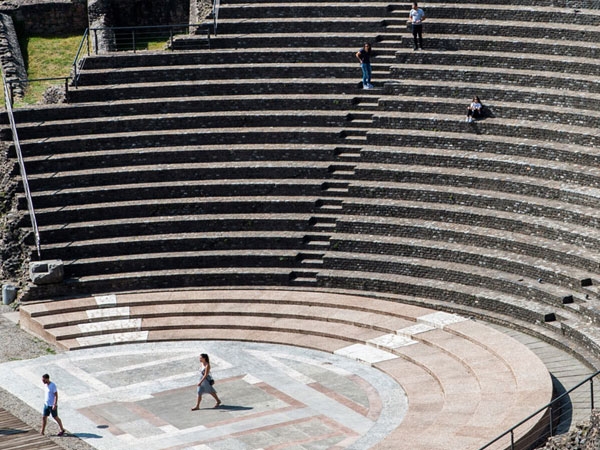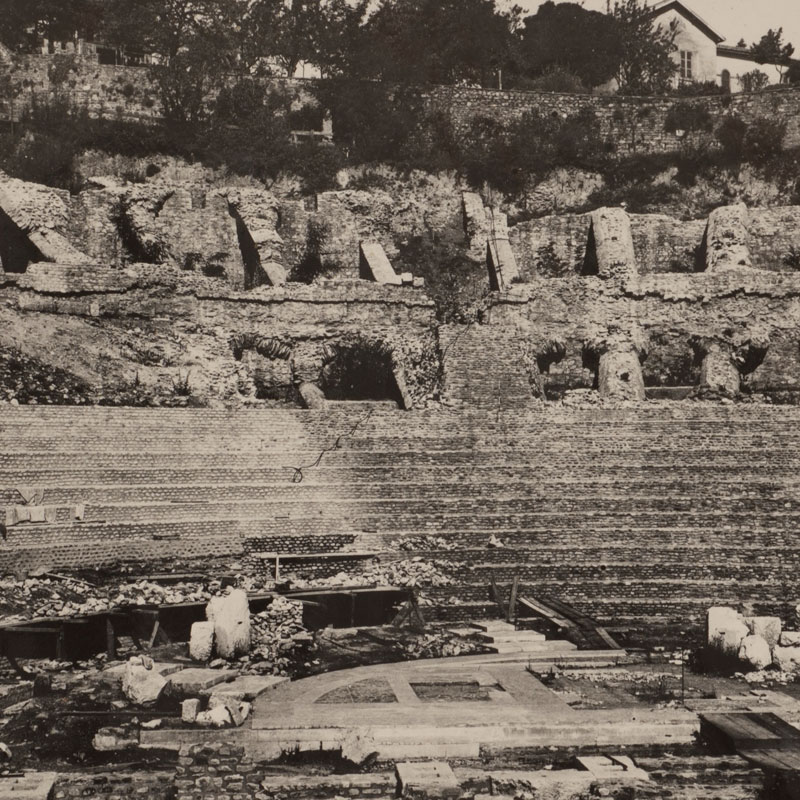Logic is a methodical way to make mistakes with full confidence. Robert Heinlein
1886, Lyon. Professor Lafon has just purchased an estate on Fourvière Hill, but he has trouble making his vines grow. When he discusses this problem, he is told about some "old Roman walls" that are buried in the area. Is the agricultural problem related to the presence of an archaeological treasure?
It doesn't take long for him to verify his intuition: the vines aren't growing because the ground is filled with stones. He uncovers a few walls of the remains of an antique structure. It's impossible to fully unearth the structure. It would take too much time and effort. Since he is a trained mathematician, Lafon notes measurements to calculate the size and shape of this building. He observes that these ruins outline a curve.
But this is not a regular circle; it's more of an ellipse. In other words, it has the shape of an amphitheater. The professor is excited. Has he found the famous Amphitheater of the Three Gauls? Antique texts describe this monument as THE key site of Lugdunum, as the city of Lyon was called in the Roman Empire. This was the place where the first Christians were martyred.
It would take fifty years before archaeologists would seriously examine this supposition. And then...deception! The structure is not elliptical but semicircular, the traditional shape of an antique theater. But disappointment didn't last long because this turned out to be the oldest theater in France and a cultural landmark of Antiquity.
As for the amphitheater, it was definitively identified in 1957. Lafon had merely chosen the wrong hill. The amphitheater was finally found on the slopes of Croix-Rousse!
By Artips


